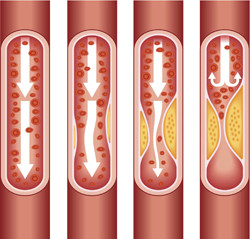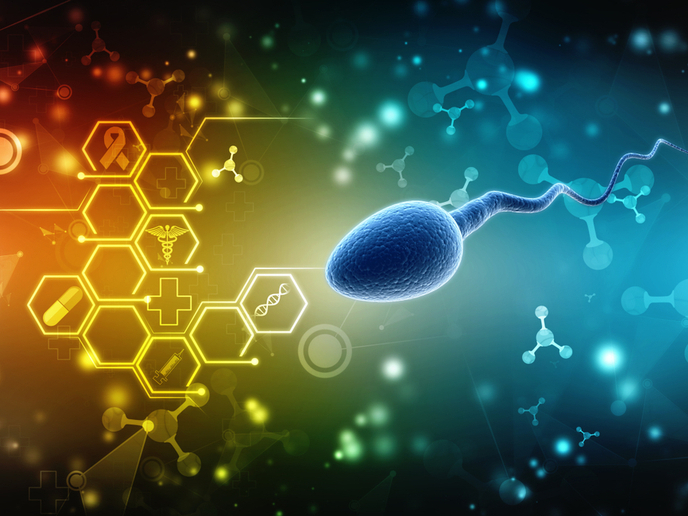Factors affecting atherosclerosis
Previous research has indicated that high-density lipoproteins (HDLs) in our plasma have a key positive role to play in reverse cholesterol transport (RCT). RCT helps regulate cholesterol levels and eliminates excess cholesterol via the liver, thus preventing or mitigating the severity of atherosclerosis. It is known that HDL uptake in the liver occurs via two receptors: scavenger receptor BI and mitochondrial ATP synthase (ecto-F1-ATPase). Ecto-F1-ATPase binds to HDL apolipoprotein A-I causing ATP hydrolysis and activation of the P2Y13 receptor. These processes are critical for HDL uptake in the liver and cholesterol regulation. The project 'Physiological impact of IF1 inhibitor on reverse cholesterol transport (RCT) and atherosclerosis' (CARDIF) developed new animal models and used experimental tools to investigate the role of F1-ATPase/P2Y13 in RCT. Results revealed that RCT is impaired in P2Y13-deficient mice. Contrarily, continuous P2Y13 activation for three days reduced plasma HDL cholesterol levels in wild-type mice. Findings suggest that increased activation of P2Y13 would increase risk for atherosclerosis through reduced plasma HDL levels. Analyses of P2Y13-deficient mice on a 16-week high-cholesterol diet groundbreakingly revealed that P2Y13 has a protective effect with regard to atherosclerosis development. The ATPase inhibitory factor 1 (IF1) is a mitochondrial protein. Studies in mouse models revealed that IF1 inhibits ecto-F1-ATPase activity to modulate RCT and correlates positively with HDL levels. Good IF1 and HDL levels suggest a lower risk for CAD. Hence, IF1 could serve as a biomarker to assess CAD risk. Project outcomes clearly demonstrate the critical role of the ecto-F1-ATPase/P2Y13 pathway in regulating cholesterol levels through RCT. Until now, pharmaceutical strategies focused on lowering low-density lipoprotein cholesterol levels with limited success in CAD management. Future research endeavours can now focus on using P2Y13 as a therapeutic target to regulate HDL metabolism and arrest atherosclerosis development.







